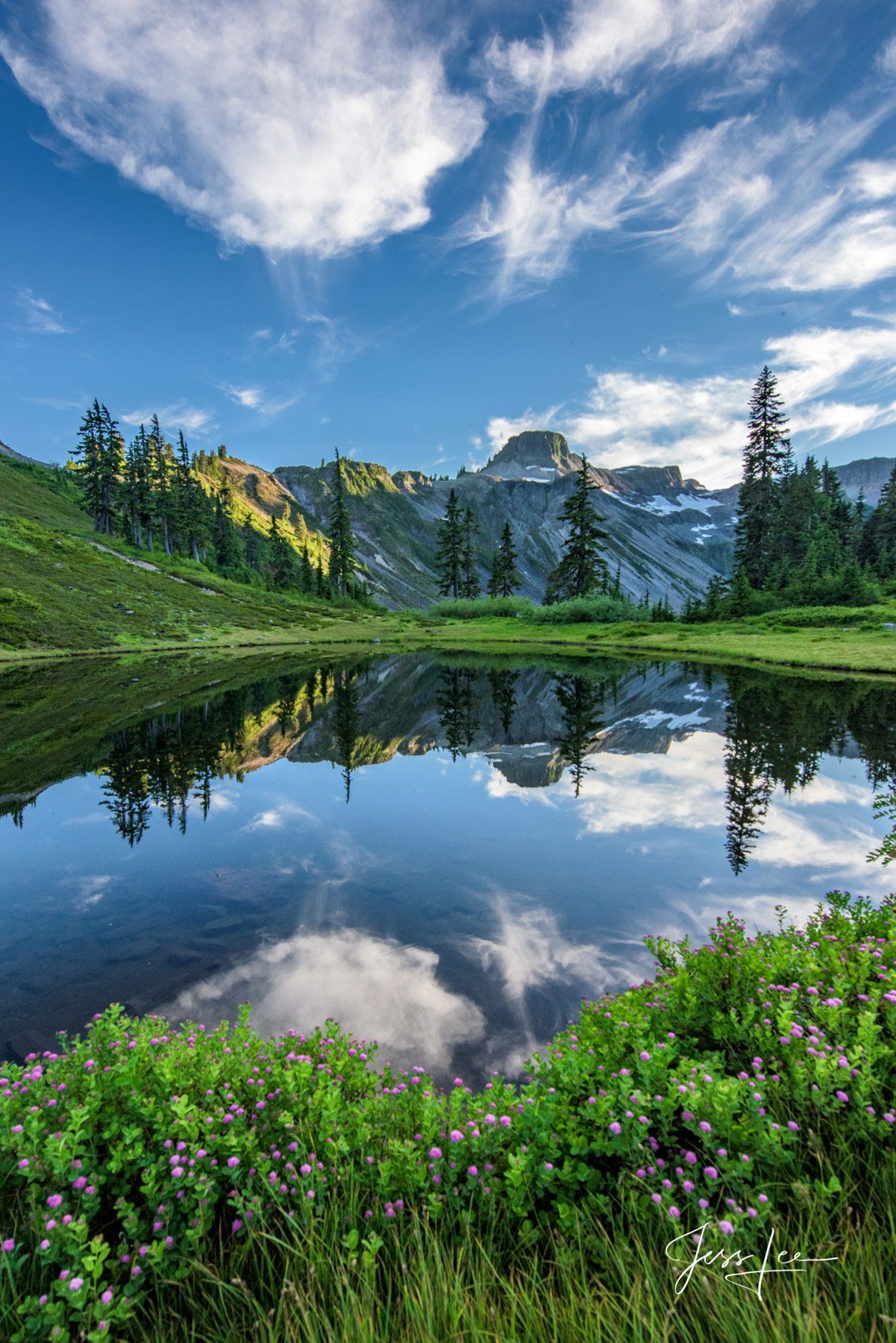Deforestation and climate change

Deforestation is considered to be one of the contributing factors to global climate change. According to Michael Daley, associate professor of environmental science at Lasell College in Newton, Massachusetts, the No. 1 problem caused by deforestation is the impact on the global carbon cycle. Gas molecules that absorb thermal infrared radiation are called greenhouse gases. If greenhouse gases are in large enough quantity, they can force climate change, according to Daley. While oxygen (O2) is the second most abundant gas in our atmosphere, it does not absorb thermal infrared radiation, as greenhouse gases do. Carbon dioxide (CO2) is the most prevalent greenhouse gas. In 2012, CO2 accounted for about 82 percent of all U.S. greenhouse gas, according to the Environmental Protection Agency (EPA). Trees can help, though. 300 billion tons of carbon, 40 times the annual greenhouse gas emissions from fossil fuels, is stored in trees, according to Greenpeace.
The deforestation of trees not only lessens the amount of carbon stored, it also releases carbon dioxide into the air. This is because when trees die, they release the stored carbon. According to the 2010 Global Forest Resources Assessment, deforestation releases nearly a billion tons of carbon into the atmosphere per year, though the numbers are not as high as the ones recorded in the previous decade. Deforestation is the second largest anthropogenic (human-caused) source of carbon dioxide to the atmosphere, ranging between 6 percent and 17 percent. (Van Der Werf, G. R. et al., 2009)
Carbon isn't the only greenhouse gas that is affected by deforestation. Water vapor is also considered a greenhouse gas. "The impact of deforestation on the exchange of water vapor and carbon dioxide between the atmosphere and the terrestrial land surface is the biggest concern with regard to the climate system," said Daley. Changes in their atmospheric concentration will have a direct effect on climate.
Deforestation has decreased global vapor flows from land by 4 percent, according to a study published by the National Academy of Sciences. Even this slight change in vapor flows can disrupt natural weather patterns and change current climate models.
Other effects of deforestation
Forests are complex ecosystems that affect almost every species on the planet. When they are degraded, it can set off a devastating chain of events both locally and around the world.
Loss of species: Seventy percent of the world’s plants and animals live in forests and are losing their habitats to deforestation, according to National Geographic. Loss of habitat can lead to species extinction. It also has negative consequences for medicinal research and local populations who rely on the animals and plants in the forests for hunting and medicine.
Water cycle: Trees are important to the water cycle. They absorb rain fall and produce water vapor that is released into the atmosphere. Trees also lessen the pollution in water, according to the North Carolina State University, by stopping polluted runoff. In the Amazon, more than half the water in the ecosystem is held within the plants, according to the National Geographic Society.
Soil erosion: Tree roots anchor the soil. Without trees, the soil is free to wash or blow away, which can lead to vegetation growth problems. The WWF states that scientists estimate that a third of the world’s arable land has been lost to deforestation since 1960. After a clear cutting, cash crops like coffee, soy and palm oil are planted. Planting these types of trees can cause further soil erosion because their roots cannot hold onto the soil. "The situation in Haiti compared to the Dominican Republic is a great example of the important role forests play in the water cycle," Daley said. Both countries share the same island, but Haiti has much less forest cover than the Dominican Republic. As a result, Haiti has endured more extreme soil erosion, flooding and landslide issues.
Life quality: Soil erosion can also lead to silt entering the lakes, streams and other water sources. This can decrease local water quality and contribute to poor health in populations in the area.
Counteracting deforestation
Many believe that to counter deforestation, people simply need to plant more trees. Though a massive replanting effort would help to alleviate the problems deforestation caused, it would not solve them all.
Reforestation would facilitate:
Restoring the ecosystem services provided by forests including carbon storage, water cycling and wildlife habitat
Reducing the buildup of carbon dioxide in the atmosphere
Rebuilding wildlife habitats
Reforestation won't completely fix the damage, though. For example, Daley points out that forests cannot sequester all of the carbon dioxide humans are emitting to the atmosphere through the burning of fossil fuels and a reduction in fossil fuel emissions. It is still necessary to avoid buildup in the atmosphere. Reforestation will not help with extinction due to deforestation, either. "Unfortunately, we have already diminished the population of many species to such an extreme that they might not recover, even with a massive reforestation effort," Daley told Live Science.
In addition to reforestation, some other tactics are being taken to counteract or slow deforestation. Some of them include shifting the human population to a plant-based diet. This would lower the need for land to be cleared for raising livestock.
Global Forest Watch has also initiated a project to counteract deforestation through awareness. The organization uses satellite technology, open data and crowdsourcing to detect and alert others of deforestation. Their online community is also encouraged to share their personal experiences and the negative effects of deforestation.
Deforestation and climate change
Air pollution
A
Alice Hooffmans
So far, about half of the tropical forests have been destroyed.
9 months ago
